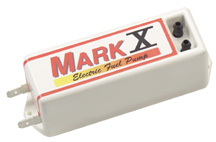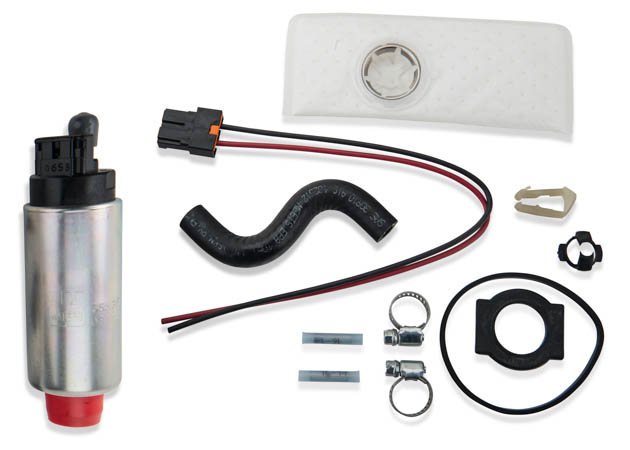

The naming of Panther production variants did not, unlike most German tanks, follow alphabetical order: the initial variant, Panther "D" ( Ausf. D), was followed by "A" and "G" variants.ĭevelopment and production Design Īlbert Speer examines a T-34 Model 1940 in June 1943 The Panther's weight caused logistical problems, such as an inability to cross certain bridges, otherwise the tank had a very high power-to-weight ratio which made it highly mobile.

Though officially classified as a medium tank, at 44.8 metric tons the Panther was closer in weight to contemporary foreign heavy tanks. Most design flaws were rectified by late 1943 and early 1944, though the bombing of production plants, increasing shortages of high-quality alloys for critical components, shortage of fuel and training space, and the declining quality of crews all impacted the tank's effectiveness. The Panther was rushed into combat at the Battle of Kursk in the summer of 1943 despite numerous unresolved technical problems, leading to high losses due to mechanical failure. Despite this, the overall design has still been described by some as "overengineered". Key elements of the Panther design, such as its armour, transmission, and final drive, were simplifications made to improve production rates and address raw material shortages. The Panther was far cheaper to produce than the Tiger I. The Panther proved to be effective in open country and long-range engagements.

The trade-off was weaker side armour, which made it vulnerable to flanking fire and a weaker high explosive shell. While having essentially the same Maybach V12 petrol (690 hp) engine as the Tiger I, it had better gun penetration, was lighter and faster, and could traverse rough terrain better than the Tiger I. It had excellent firepower, protection and mobility, although its reliability was less impressive. Nevertheless, it served alongside the Panzer IV and the heavier Tiger I until the end of the war. The Panther was intended to counter the Soviet T-34 medium tank and to replace the Panzer III and Panzer IV. In contemporary English-language reports it is sometimes referred to as the "Mark V". On 27 February 1944 it was redesignated to just PzKpfw Panther, as Hitler ordered that the Roman numeral "V" be deleted. It was used on the Eastern and Western Fronts from mid-1943 to the end of the war in May 1945. 171, is a German medium tank of World War II. The Panther tank, officially Panzerkampfwagen V Panther (abbreviated PzKpfw V) with ordnance inventory designation: Sd.Kfz.


 0 kommentar(er)
0 kommentar(er)
